Monday, April 19, 2021 – Thousands of records are available of those whose home was here.


MANSION AND MUNIFICENCE: THE GILDED AGE OF FIFTH AVENUE
Tuesday, April 20, 7 pm. on Zoom
Guide, lecturer, author and teacher of art and architecture, Emma Guest-Consales leads a virtual tour of the great mansions of Fifth Avenue. Starting with the ex-home of Henry Clay Frick that now houses the Frick Collection, all the way up to the former home of Andrew Carnegie, now the Cooper-Hewitt Museum, she takes us through some of the most extravagant urban palaces the city has ever seen.
REGISTER WITH THIS LINK:
https://www.nypl.org/events/programs/2021/04/20/mansions-and-munificence-gilded-age-fifth-avenue
341st Issue
Monday, April 19, 2021
THE ALMSHOUSE
LEDGERS
AND THE
THE CITY HOME
ON
WELFARE ISLAND
Thousands of souls ended up on this island by choice or chance. There is an extensive collection of records and images about those whom home was on Blackwell’s or later Welfare Island. 1852 Image below, NYPL


In October 2015, under a grant generously funded by the National Historical Publications and Records Commission, the New York City Municipal Archives embarked upon a large and exciting new project: processing, preserving and cataloging the Almshouse Ledger Collection. This historic collection contains over 400 handwritten volumes pertaining to city-run institutions including the Almshouses, Workhouses, Lunatic Asylum, Penitentiary and various hospitals, which all found their home on Blackwell’s Island, now Roosevelt Island. The span covers the years 1758-1952. This important project will ensure that the Almshouse Ledgers are preserved for future generations of researchers, scholars, genealogists, educators and anyone interested in social, cultural and medical histories during this period of great change and growth in New York City.

City Home main street: one- and two-story brick buildings; men seated and walking down the street.
A BRIEF HISTORY OF THE ALMSHOUSE: New York City’s Almshouse history dates back to the colonial era, when poverty and regular outbreaks of measles and smallpox overtook its streets. Greater care and responsibility of the city’s poor and sick, along with their dependents, was needed. In 1736, the city took over as official caregivers to these populations and absorbed the workhouses of New York into its activities. Prior to this time, the church had taken care of New York City’s poor and destitute. The first Almshouse was opened on the Commons of the City in 1736 and fell under the care and control of the Overseers of the Poor, House of Correction, Workhouse and Poorhouse, headed by two men appointed by the Office of the Mayor. Broadly referred to as Almshouses, these establishments included workhouses, soldiers’ barracks, hospitals, penitentiaries and asylums. By 1845 all these institutions were housed on Blackwell’s Island, which today we know as Roosevelt Island.
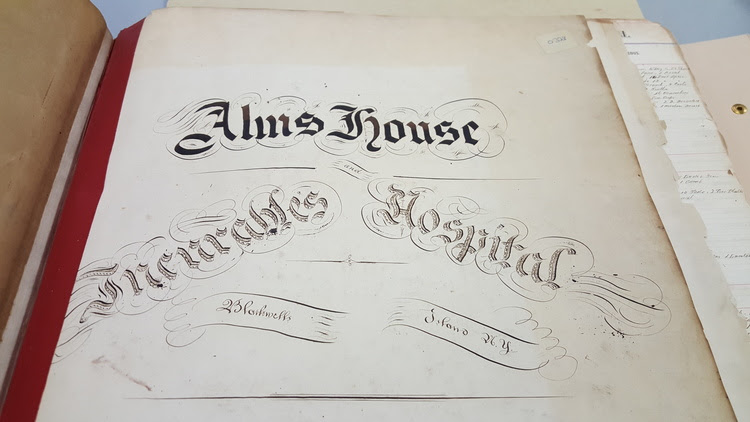
Incurables Hospital Admissions Ledger
As overcrowding, disease, malnutrition and crime became rampant in the Almshouses, they became synonymous with the very worst of New York City. Many city departments were formed to improve and oversee conditions in the Almshouses, Workhouse, Poorhouse, Lunatic Asylum and hospitals on the island only to be disbanded, re-organized or taken over by other agencies.

City Home: Female barracks; 2-story stone building with 1st and 2nd floor balconies

City Home: Nurses’ Home, stone 2-story building with basement, 1st and 2nd floor balconies.

City Home Administration Building, built in 1846: 2-story ivy-covered brick building with hedge.
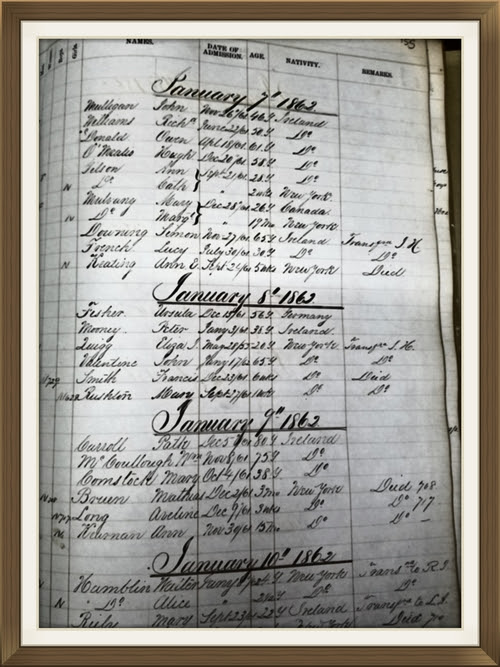
The ledger-style admissions, discharges and deaths and census books in the collection record the names of people who were confined (voluntarily or otherwise) in the various facilities on Blackwell’s Island. Many volumes contain detailed information regarding age, gender, disease, date of admission, discharge and/or death. While overwhelmingly male dominated, women, and children to a lesser extent, are well-represented in these books during the years 1822-1860. With few opportunities for employment outside the home, a widow or unmarried woman without family support was often forced to turn to the city for help. Many women brought their children with them, or had their babies in the institution. Women who were unable to nurse their own children were assigned a wet nurse who was paid by the department overseeing the institution. A large number of the assigned wet nurses were inmates from one of the island’s institutions. Many mother-child pairs are noted in the children’s registers.

Old man exiting City Home brick building, “1887” medallion over door.

City Home, Indoor Recreation Center (“Klondike”). Long single-story structure; male patients seated outside.

City Home: Men seated on benches in Recreation Hall.

1864-1873 Certificates of Death
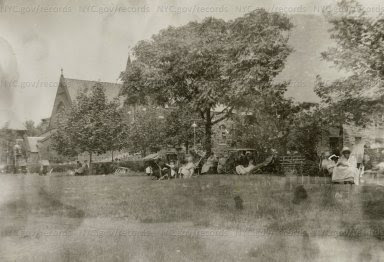
City Home for Dependents: Lawn and beach chairs outside Female Division.
Look closely and not Chapel of the Good Shepherd
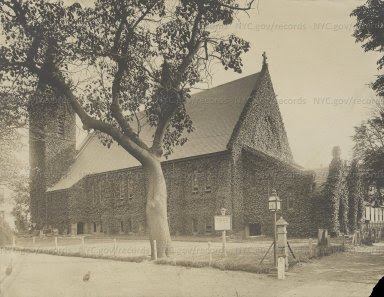
City Home: Ivy-covered Protestant Church.

City Home: Catholic Church under construction. Our Lady Consoler of the Afflicted
City Home District: Exterior, Neurological Hospital Ward. Man in wheel chair seated in front of 1-story building.

Bond, Hospital and Stock ledgers contain valuable information about the inmates, patients and employees of Blackwell’s Island institutions, including name, age, nativity, child parentage (if known), when they arrived in New York and their port of origin. The type of food, beverages and supplies needed to run such overcrowded and busy facilities are also well documented, as are the needs of the staff of the institutions. Ledgers containing death certificates offer types of illnesses patients suffered succumbed to, while hospital ledgers include information on illnesses suffered from. Some ledgers offer details about the patients themselves. Census Ledgers provide the most detailed information about the various facilities with numbers being taken on a daily basis.

City Home District: Officers’ residences. Two-story wooden bungalows. These were known as Cottage Row, adjoining Blackwell House
MONDAY PHOTO
Send your entry to ROOSEVELTISLANDHISTORY@GMAIL.COM

WEEKEND PHOTO
CHRYSLER BUILDING
Jay Jacobson, Vern Harwood, Guy Ludwig, Alexis Villefane,
Hara Reiser, and Ed Litcher got it right!

Text by Judith Berdy
Thanks to Bobbie Slonevsky for her dedication to Blackwell’s Almanac and the RIHS
Thanks to Deborah Dorff for maintaining our website
Edited by Deborah Dorff
All image are copyrighted (c)
Sources:
NYC DEPARTMENT OF RECORDS & INFORMATION SERVICES, 31 CHAMBERS STREET, NEW YORK, NY 10007,
USAARCHIVES@RECORDS.NYC.GOV
NEW YORK CITY DEPARTMENT OF RECORDS
MUNICIPAL ARCHIVES
All image are copyrighted (c) Roosevelt Island Historical Society unless otherwise indicated
FUNDING PROVIDED BY ROOSEVELT ISLAND OPERATING CORPORATION PUBLIC PURPOSE GRANTS CITY COUNCIL REPRESENTATIVE BEN KALLOS DISCRETIONARY FUNDING THRU DYCD


Copyright © 2021 Roosevelt Island Historical Society, All rights reserved.Our mailing address is:
rooseveltislandhistory@gmail.com

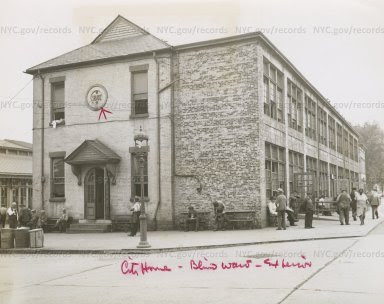
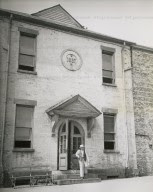
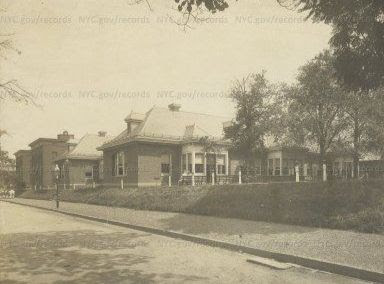
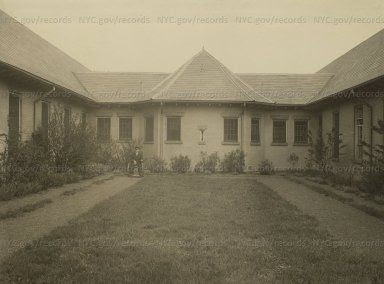
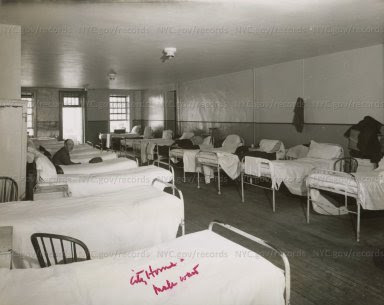
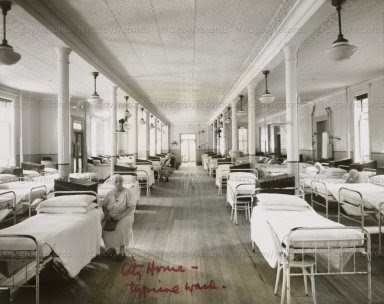
Leave a comment